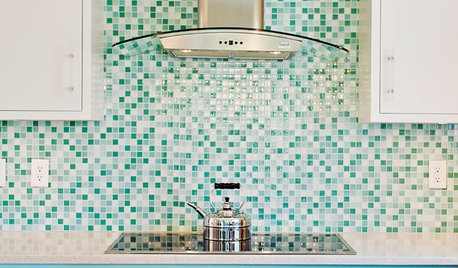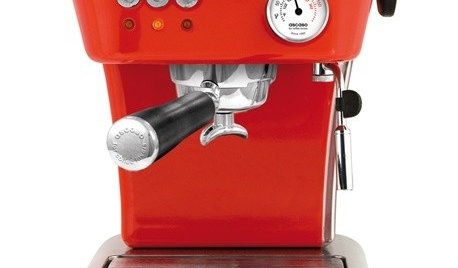Nonstick Anodized and wot does 'infused' mean??
mbucovy
16 years ago
Related Stories

HOUSEKEEPINGHow to Clean Your Cookware So It Lasts
Avoid damage during everyday cleaning and stain scrubbing, with these tips for pots and pans made of popular materials
Full Story
KITCHEN DESIGN9 Popular Stovetop Options — Plus Tips for Choosing the Right One
Pick a stovetop that fits your lifestyle and your kitchen style with this mini guide that covers all the basics
Full Story
SHOP HOUZZA Feast of Treats for Valentine’s Day Breakfast
Give them as gifts or indulge yourself. These goodies from the Houzz Products section will start your day on a romantic note
Full StorySponsored
Industry Leading Interior Designers & Decorators in Franklin County
More Discussions






arosania
mbucovyOriginal Author
Related Professionals
Athens Furniture & Accessories · Eau Claire Furniture & Accessories · Culver City Furniture & Accessories · Lake Arrowhead Furniture & Accessories · Maplewood Furniture & Accessories · Bonita Kitchen & Bathroom Designers · East Islip Kitchen & Bathroom Designers · Palm Harbor Kitchen & Bathroom Designers · Buffalo Grove Kitchen & Bathroom Remodelers · Idaho Falls Kitchen & Bathroom Remodelers · Manassas Kitchen & Bathroom Remodelers · Morgan Hill Kitchen & Bathroom Remodelers · Salinas Kitchen & Bathroom Remodelers · York Kitchen & Bathroom Remodelers · Prairie Village Kitchen & Bathroom Remodelersdanab_z9_la
alexrander
alexrander
danab_z9_la